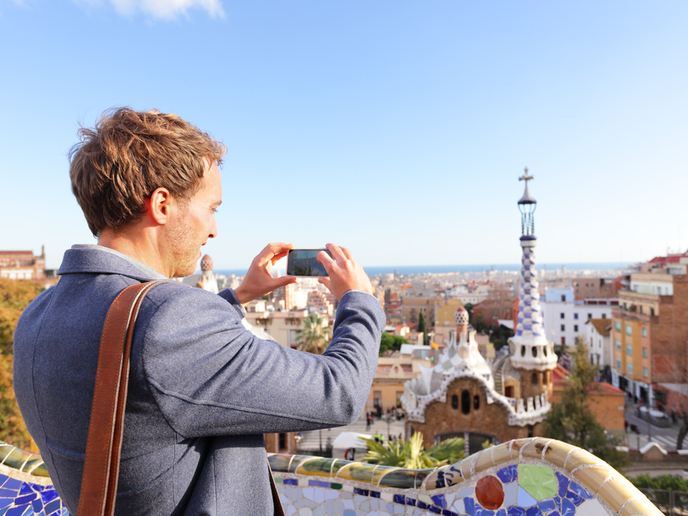New social media platform ignites passion for cultural heritage
According to the EU-funded PLUGGY project, Europe’s cultural heritage shouldn’t be confined to museums and books. Instead, it should be tangible and available for citizens to directly interact with and even help transform. This is why PLUGGY was developed, becoming Europe’s first social networking platform completely dedicated to cultural heritage. “There is a general lack of technological tools for promoting local traditions, customs and history to a wider European – or even global – audience,” says Angelos Amditis, director of the Institute of Communication and Computer Systems (ICCS) and PLUGGY project coordinator. “To ‘plug’ this gap, the project used social media to help facilitate the sharing of personalised experiences with and knowledge of local cultural heritage.”
Curators, influencers and advocates
Given the popularity and ubiquity of social media, project researchers decided to leverage this medium to engage with people directly. To do this, the project has developed open-source solutions that developers can use to create a range of social applications. Currently, these include the PLUGGY3D Suite (for creating augmented reality experiences), PLUGGY Pins (for creating guided tours), Games Hunter (for creating interactive games) and PlugSonic Suite (for creating soundscapes). “The PLUGGY project empowers European citizens and, specifically, developers to become actively involved with their cultural heritage, not only as observers, but as curators, influencers and advocates too,” adds Amditis. “PLUGGY’s combination of tradition and technology is key to keeping this heritage alive for generations to come.” By facilitating the crowdsourced telling of important cultural heritage stories, PLUGGY laid the groundwork for building virtual exhibitions and interactive virtual museums on specific cultural heritage topics. “Citizens, social and cultural groups, businesses, museums and governments will be able to use the PLUGGY platform to share their love of local culture in a fun and entertaining way,” explains Amditis.
Gaining traction, going global
The platform is available in beta form and in multiple languages, and project researchers are busy working to extend and improve the PLUGGY experience. “We designed this platform to meet the needs of its users, so supporting developers with additional applications and functions remains a priority,” says Amditis. “The consortium is also committed to further enriching the platform with new stories and pushing our networks and contacts to do the same.” PLUGGY has thus gained a lot of attention and even its Facebook audience has grown markedly, as have the number of individual stories on the platform. In particular, the Games Hunter application is now commercially available in Italy. The PLUGGY Pins app is now being used for generating self-guided tours and the PlugSonic Suite has proven invaluable for creating unique audio experiences for the visually impaired. Finally, PLUGGY3D is still evolving, with its increased functionality being improved upon by the day. Although originally targeting the European market, Amditis adds that the project has its sights set further afield: “We see PLUGGY as having the potential to become a global platform. By sharing our cultures and customs, we hope to bring people around the world closer together.”
Keywords
PLUGGY, European cultural heritage, social media, social networking, customs, local traditions, Institute of Communication and Computer Systems, augmented reality, virtual museums



